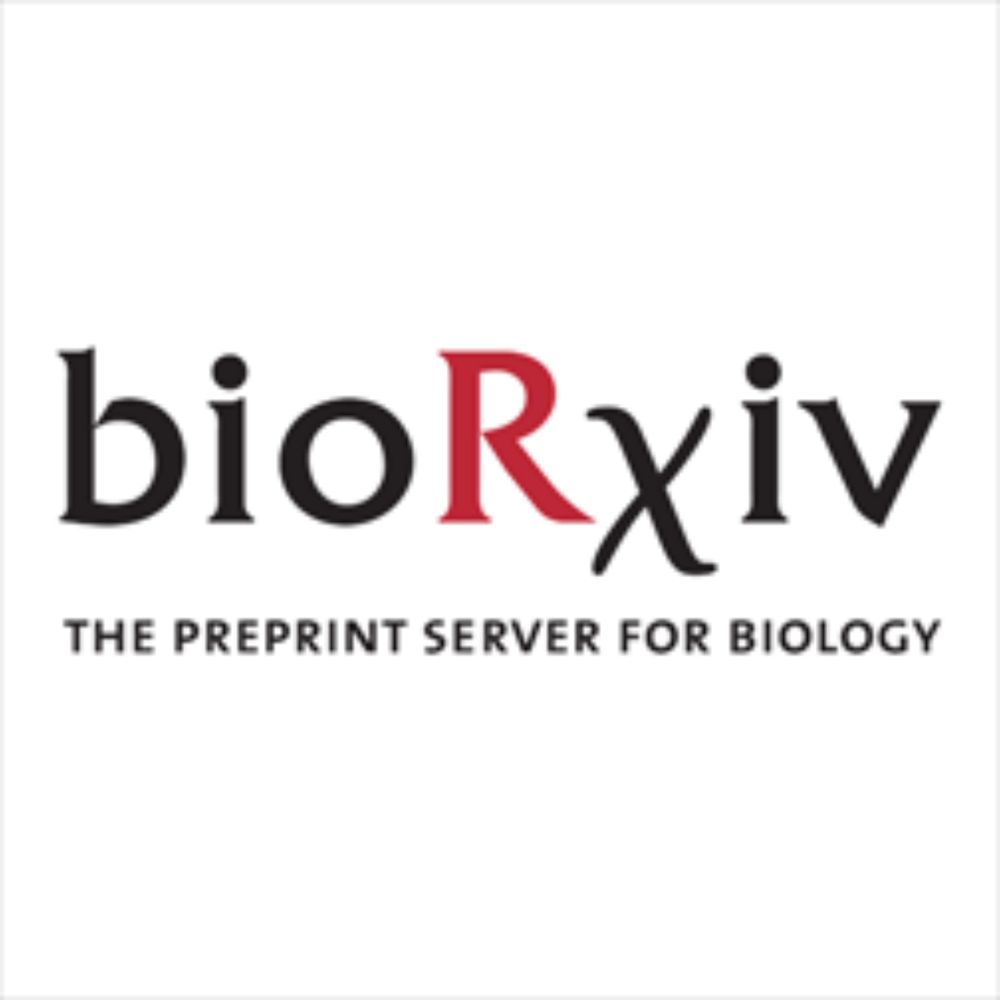
back-engineer brain structure and function at the
@eboyden3
lab (MIT)
🐟🧠-🔬🧪-🤖&⚕️
A Shack-Hartmann sensor is a simple and widely used device to measure the phase profile of a wavefront (aka "where the light is coming from").
A mini 🧵
1/
#Optics #Physics
A Shack-Hartmann sensor is a simple and widely used device to measure the phase profile of a wavefront (aka "where the light is coming from").
A mini 🧵
1/
#Optics #Physics

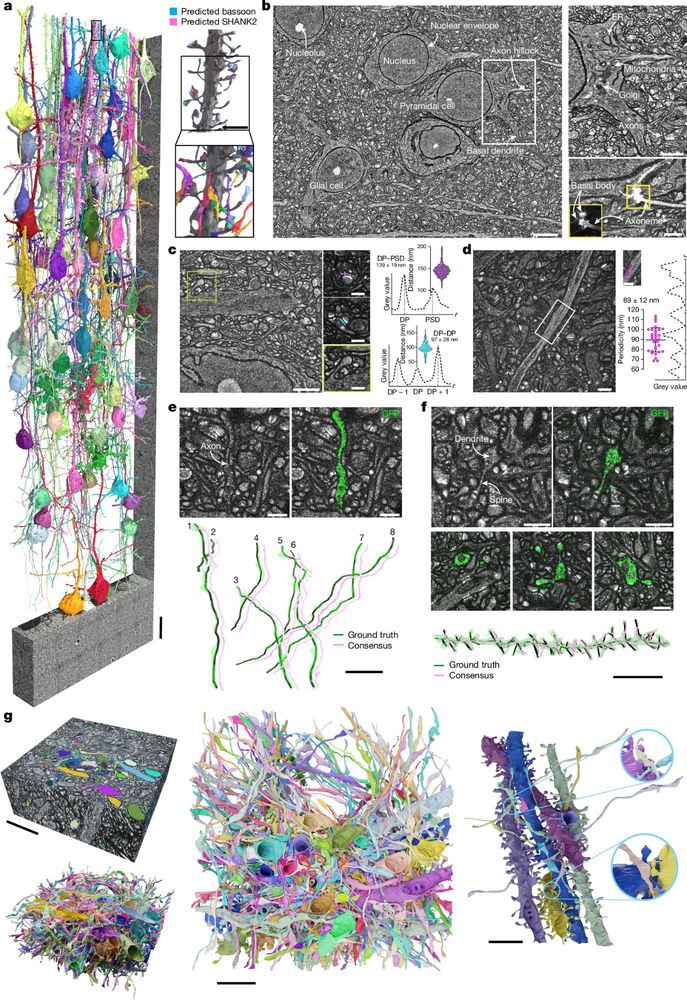
First preprint from my potsdoc :D with @liujinghui.bsky.social @ritamateus.bsky.social @mpi-cbg.de and collaborators @mpipks.bsky.social @csbdresden.bsky.social
First preprint from my potsdoc :D with @liujinghui.bsky.social @ritamateus.bsky.social @mpi-cbg.de and collaborators @mpipks.bsky.social @csbdresden.bsky.social

www.biorxiv.org/content/10.1...

www.biorxiv.org/content/10.1...

Explore interactive visualizations, datasets, code + paper: google-research.github.io/zapbench
🧠🧪
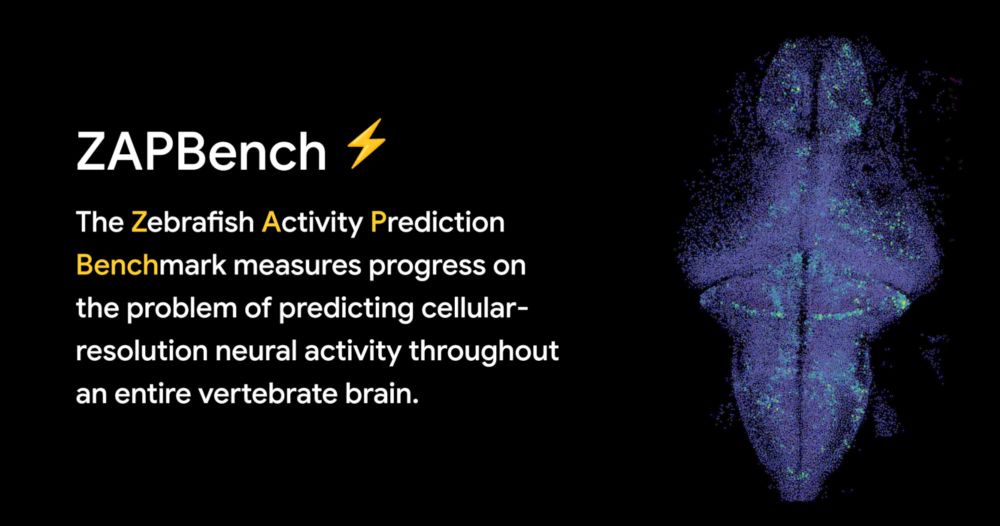
Explore interactive visualizations, datasets, code + paper: google-research.github.io/zapbench
🧠🧪
🧪 #MedSky
@natureportfolio.nature.com
www.nature.com/articles/s41...

🧪 #MedSky
@natureportfolio.nature.com
www.nature.com/articles/s41...
Ultrastructural membrane expansion microscopy enables imaging of membranes and proteins in brain slices at a resolution of ~60 nm on a confocal microscope
www.nature.com/articles/s41...

Ultrastructural membrane expansion microscopy enables imaging of membranes and proteins in brain slices at a resolution of ~60 nm on a confocal microscope
www.nature.com/articles/s41...
It can image an entire zebrafish embryo longitudinally and follow a volume of interest over time with high resolution.
We used it to study cancer-immune cell interactions.
www.nature.com/articles/s41...
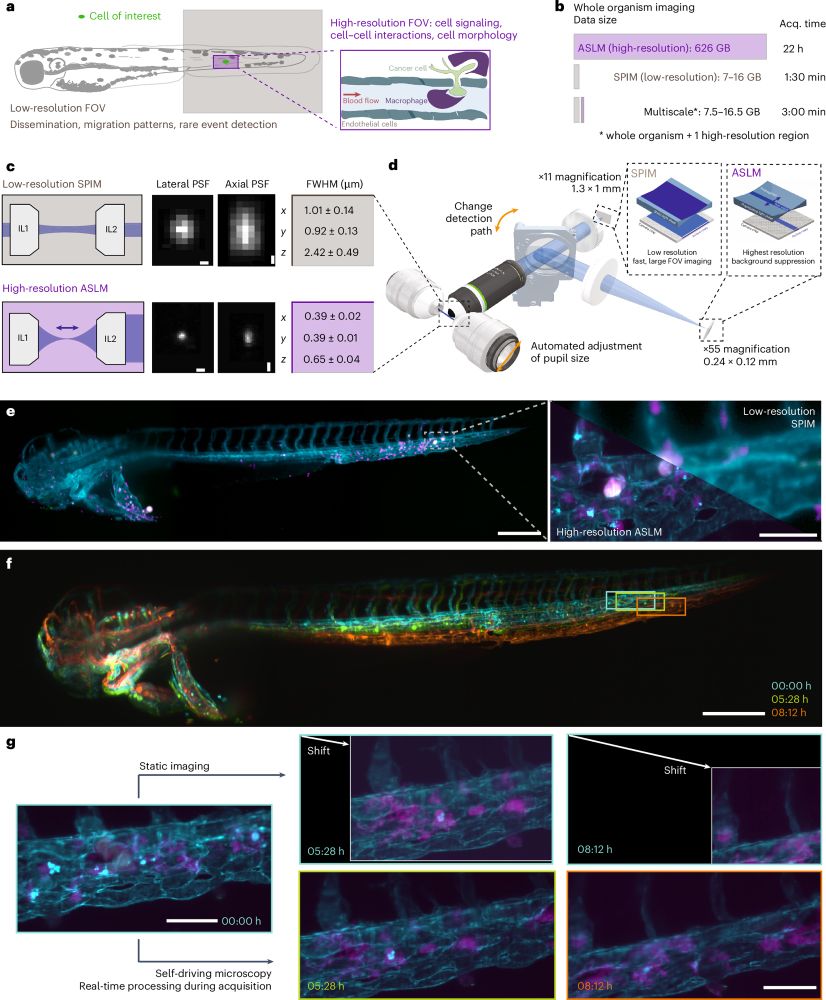
It can image an entire zebrafish embryo longitudinally and follow a volume of interest over time with high resolution.
We used it to study cancer-immune cell interactions.
www.nature.com/articles/s41...
https://go.nature.com/4adlNgg

Version 1: go.bsky.app/2cHYybY
Version 2: go.bsky.app/4zBuxAF
Version 3: go.bsky.app/JvjuSZg
Version 1: go.bsky.app/2cHYybY
Version 2: go.bsky.app/4zBuxAF
Version 3: go.bsky.app/JvjuSZg




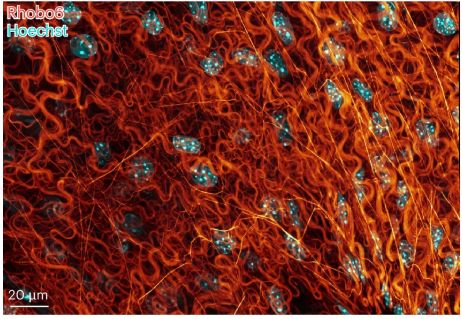
Zebrafish larvae can learn to perceive a stationary object as a threat, via noradrenergic and forebrain circuits, after being chased by the object for ∼1 min
www.cell.com/current-biol...

Zebrafish larvae can learn to perceive a stationary object as a threat, via noradrenergic and forebrain circuits, after being chased by the object for ∼1 min
www.cell.com/current-biol...
www.nature.com/articles/s43...

www.nature.com/articles/s43...
We are happy to announce that the Moore Foundation will be funding our efforts in creating an Expansion Microscopy atlas of #Microbial #Eukaryotes with @gautamdey.bsky.social @UNIGE
@embl.org
LINK: www.unige.ch/sciences/chi...
1/4
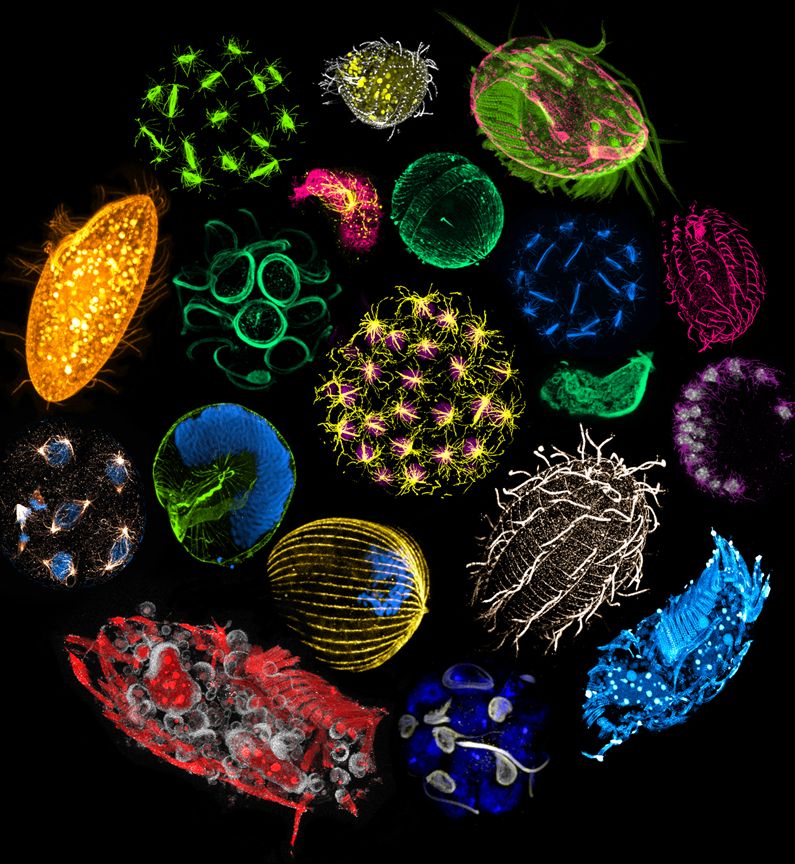
We are happy to announce that the Moore Foundation will be funding our efforts in creating an Expansion Microscopy atlas of #Microbial #Eukaryotes with @gautamdey.bsky.social @UNIGE
@embl.org
LINK: www.unige.ch/sciences/chi...
1/4



